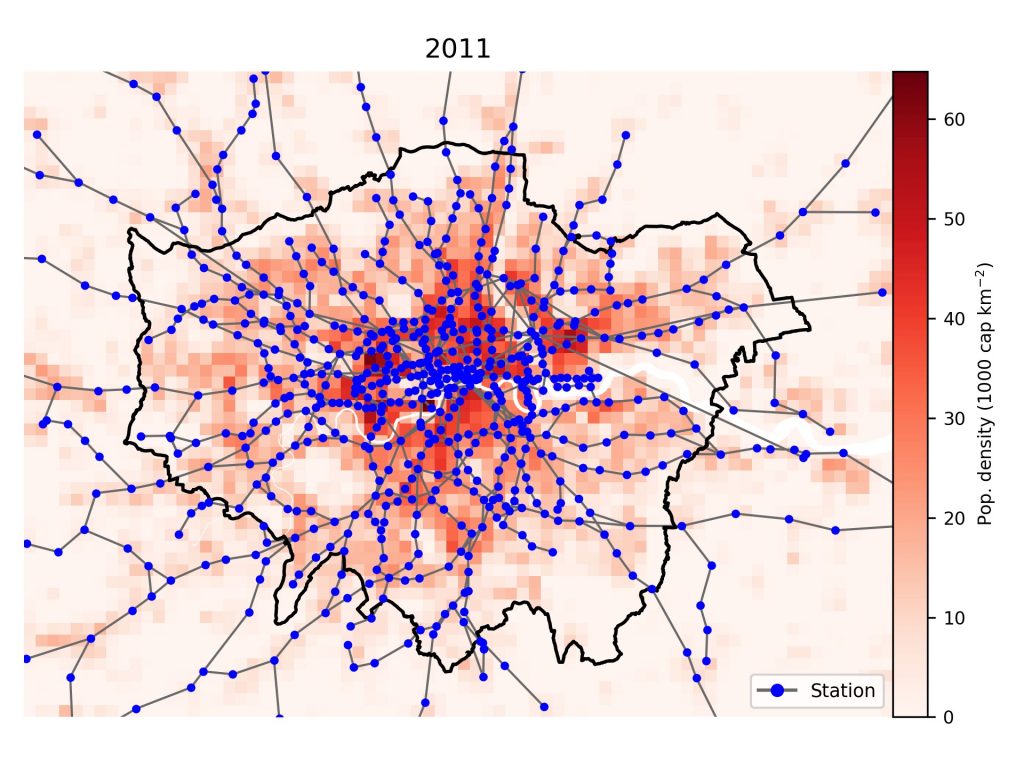At the Laboratory of Urban and Environmental Systems (URBES) we seek to describe and predict land-atmosphere interactions and coupled human-natural dynamics across a broad spectrum of spatiotemporal scales. Our aim is to elucidate the complex interactions between urban and natural systems, quantify the local and non-local impacts of human activities, and guide the design of greener, healthier, and more sustainable territories.
Cities are complex multi-scale systems composed of multiple sub-components (e.g. for population, energy, transport, climate) that interact with each other on various spatio-temporal scales.
Urban planning applications and policies aimed at shaping healthier and more sustainable urban environments should account for such complex interactions as they regulate the growth and functioning of cities, often resulting in emergent large-scale phenomena. Yet our ability to quantitatively describe city behaviour is still limited due to the variety of processes, scales, and feedbacks involved.
In this research initiative we seek to analyze and conceptualize complex urban dynamics in the most general terms to predict and optimize future urbanization trajectories.

London population and railway system (Credits: Isabella Capel-Timms)